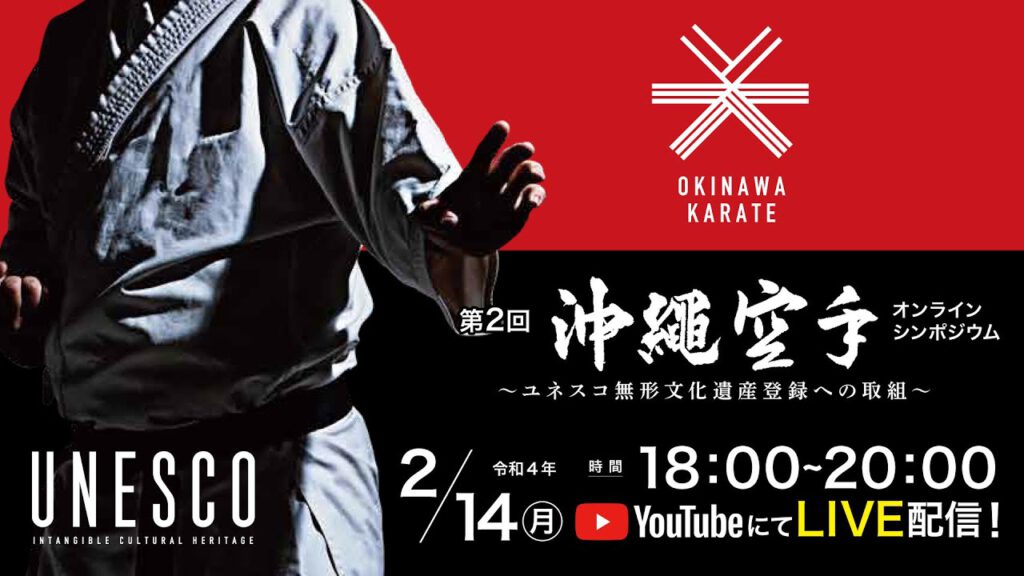Below is a translation of “Mukei bunkazai to shite no karate“, published in “Okinawa Karate Kobudō Jiten,” 2008. A quarter century after the first designation, Okinawa Prefecture works on having karate designated an intangible cultural heritage with the UNESCO. Yes, the attempt only includes karate, and not kobudō. It would probably be difficult to explain how killing someone with a hoe or maiming someone with spiked knuckle dusters qualifies as an “intangible cultural property.”
Okinawa karatedō and kobudō, which from its birthplace of Okinawa have spread and expanded far and wide to countries around the world, is of high historical and cultural value. On August 8, 1997, Okinawa Prefecture designated karate and kobudō as an “Intangible Cultural Property Designated by Okinawa Prefecture,” and at the same time recognized three holders of this title (Nagamine Shōshin, Yagi Meitoku, Itokazu Seiki).
Okinawan Karate and Kobudō developed as a unique martial art during the era of the Ryūkyū Kingdom by fusing traditional martial arts of Ryukyu with the martial arts brought about by trade and cultural exchange with China and other foreign countries. In the early modern period[1], to systematize it, Karate was distinguished into Shuri-te, Tomari-te, and Naha-te, and Uechi-ryū was added in the early Shōwa era[2]. Other ancient martial arts using weaponry (kobujutsu) were systematized as well.
Karate and Kobudō have been handed down as a means of self-defense or as a physical and mental training for the people, and they have developed to the extent that their value is being recognized internationally and they have spread worldwide, not to mention [their value] in school physical education.
All the three persons who were recognized as [intangible property] title holders by Okinawa Prefecture for the first time are persons who highly embody the traditional technique of karate and who are well-versed and familiar with it. The holders are also responsible for training the successors and preserving and inheriting this field of study. Additional certification of holders was carried out on September 12, 2000, when six people were newly certified (Iha Kōshin. Tomoyose Ryūkō. Nakazato Shūgorō, Nakazato Jōen, Mihahira Katsuya, and Wakugawa Kōsei). As a result, the preservation and inheritance of this field of study was further promoted.
[1] in Japan this usually refers to the period from the Meiji Restoration until the end of World War II.
[2] A rather inaccurate time statement, since the Shōwa era lasted from 1926 to 1989. It probably means that Uechi-ryū was added to the systematization of karate prior to the end of WWII in 1945.
© 2022, Andreas Quast. All rights reserved.

